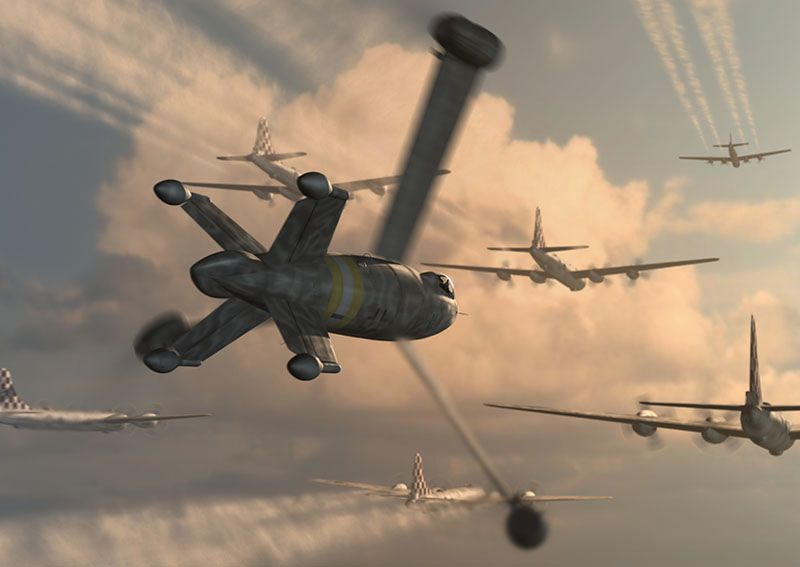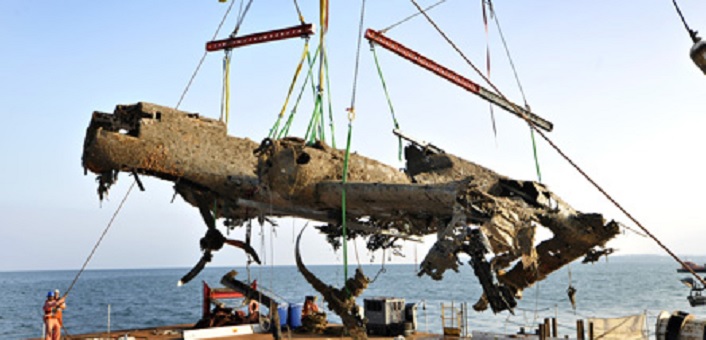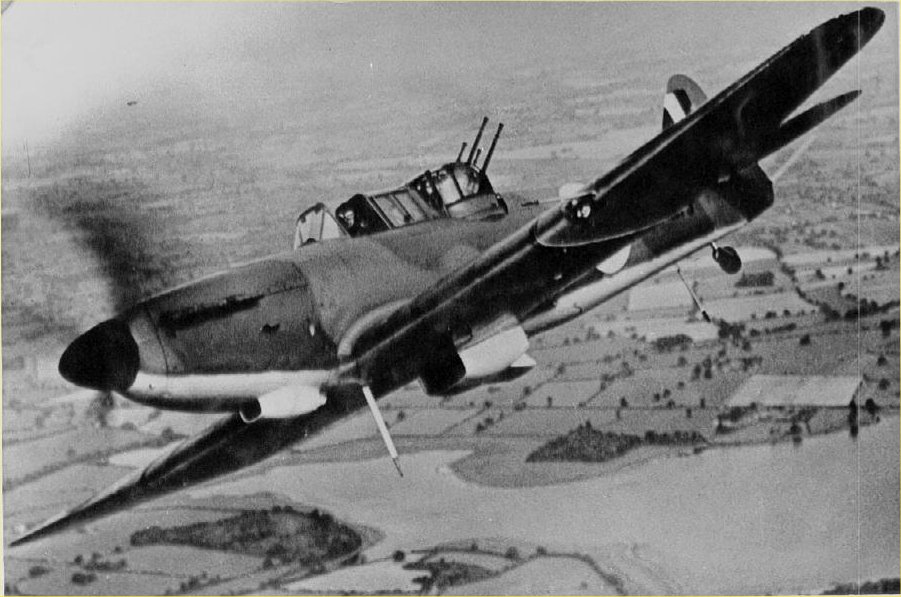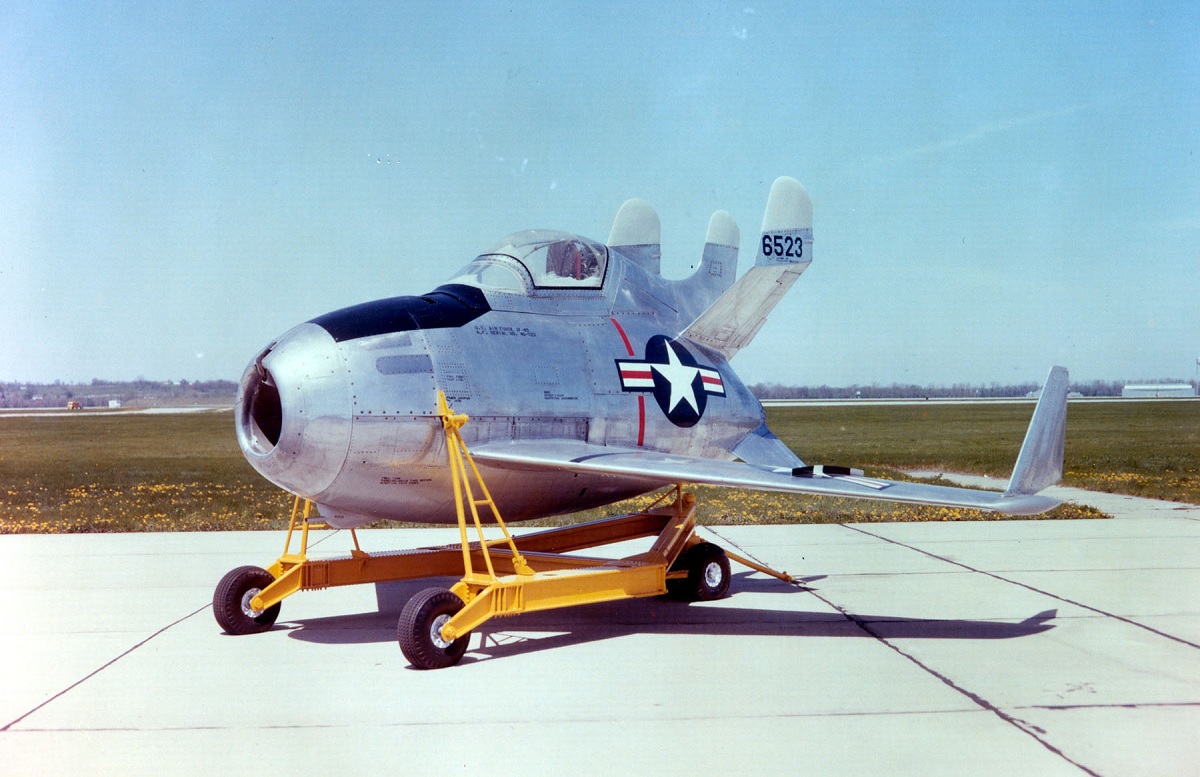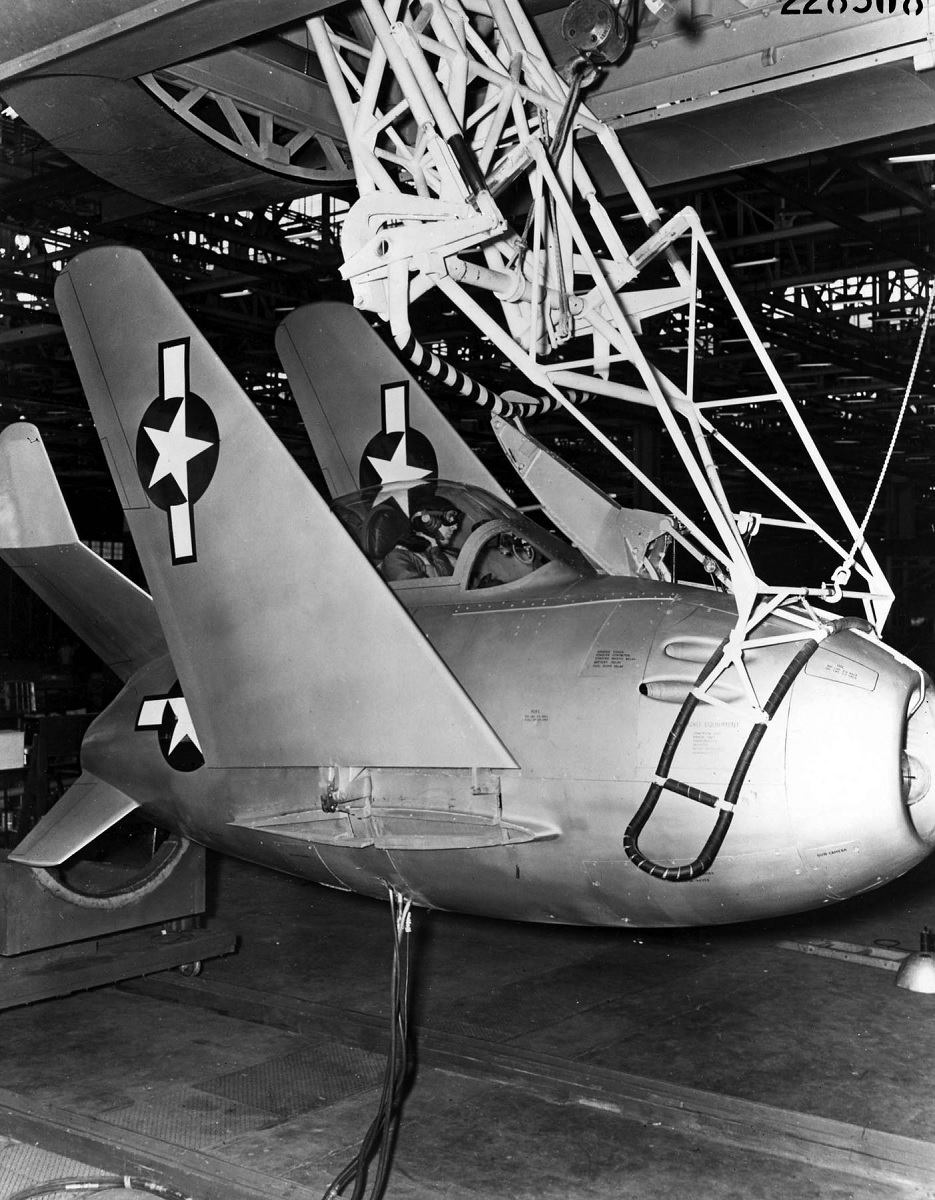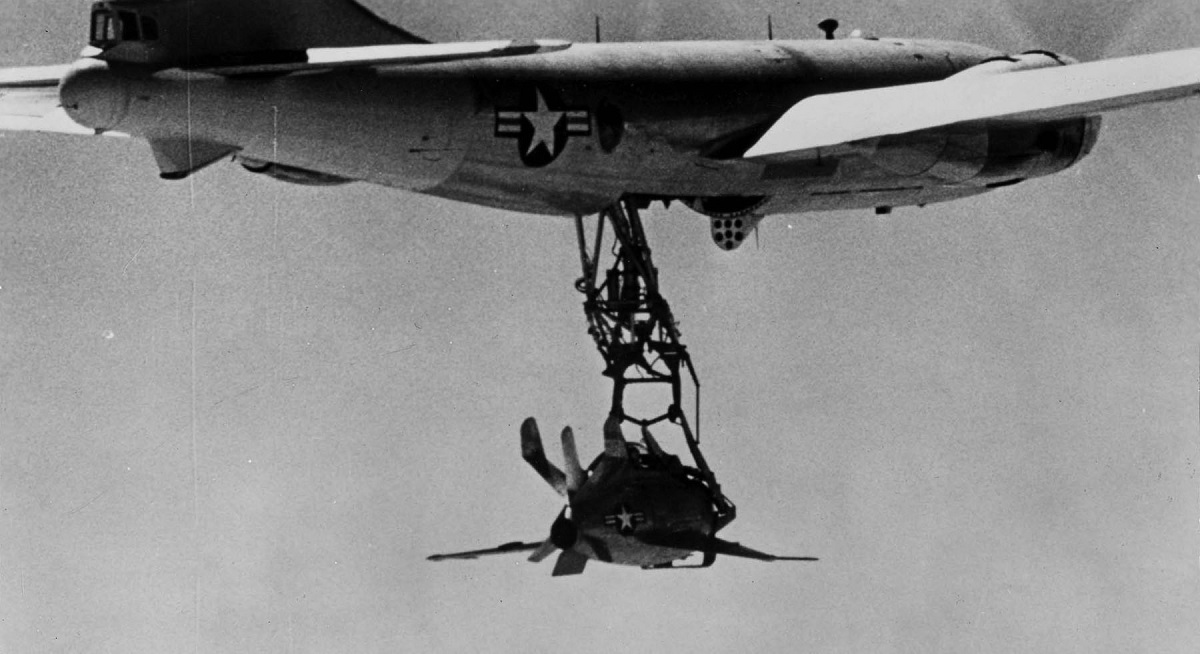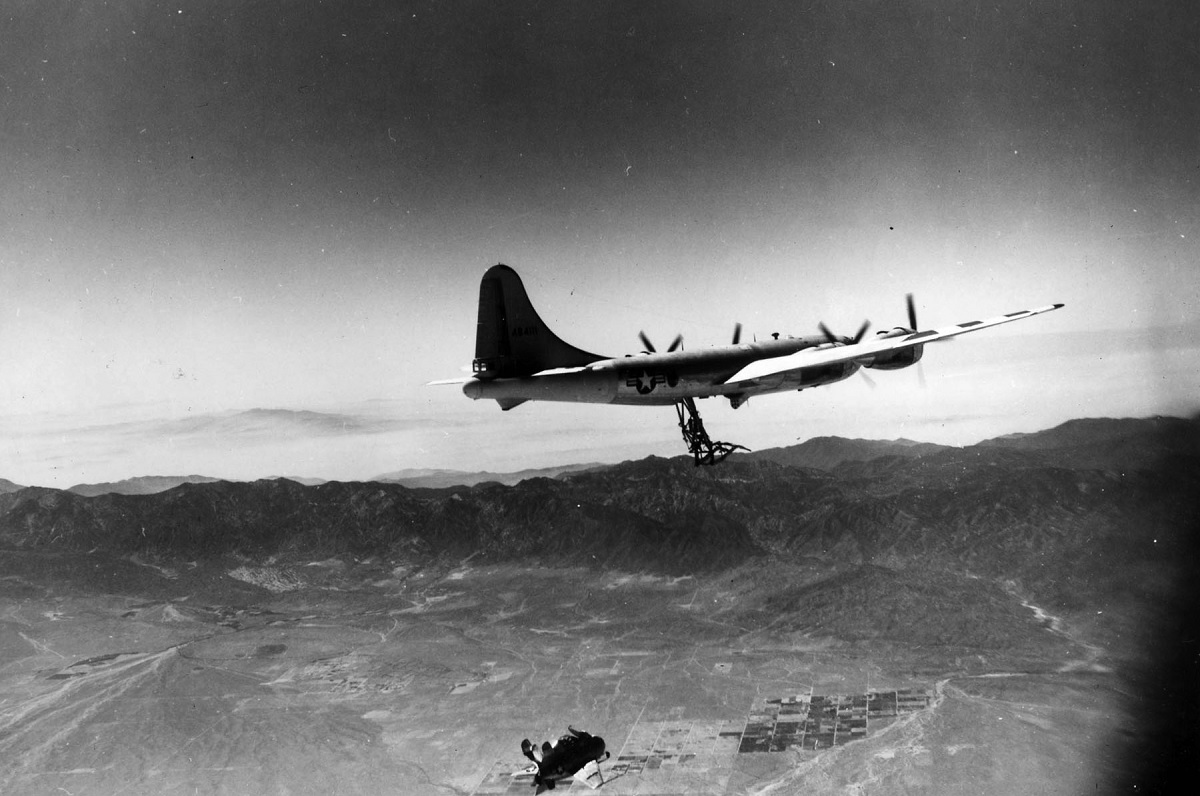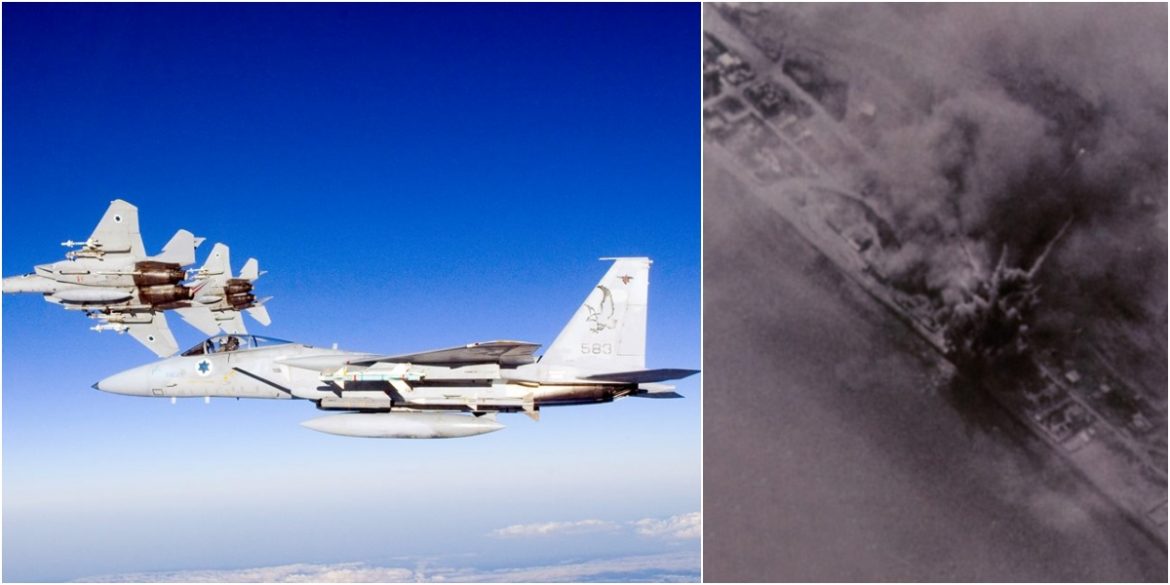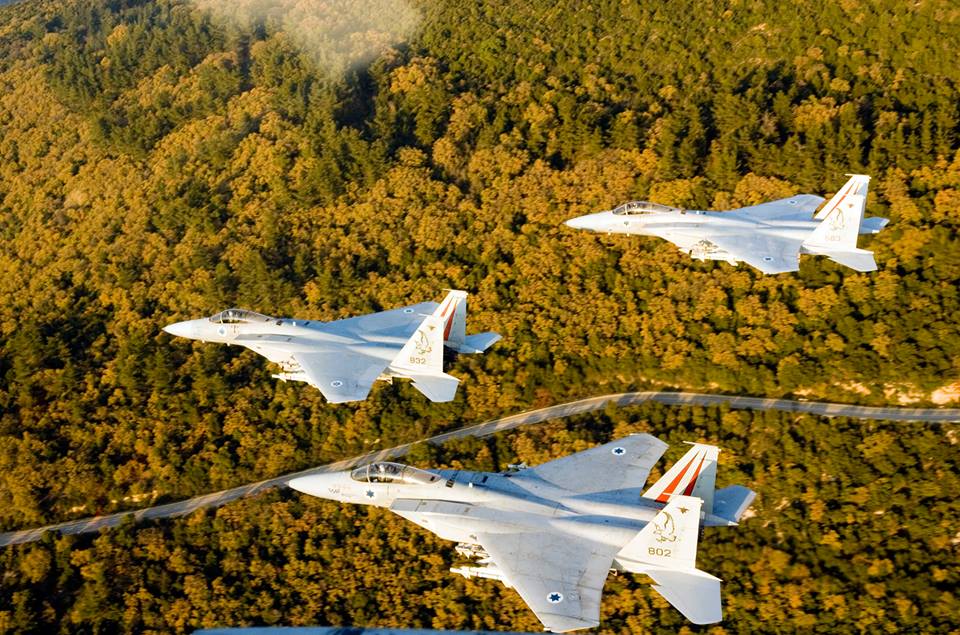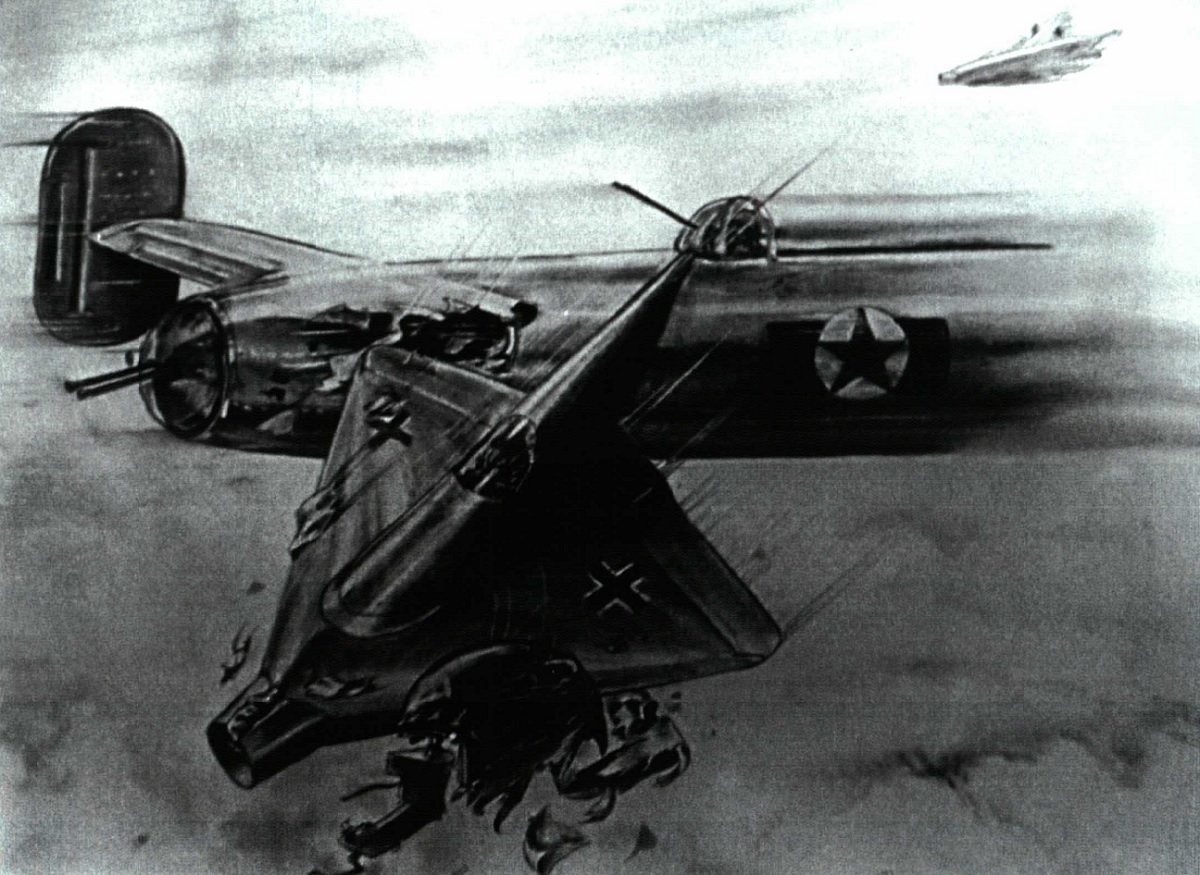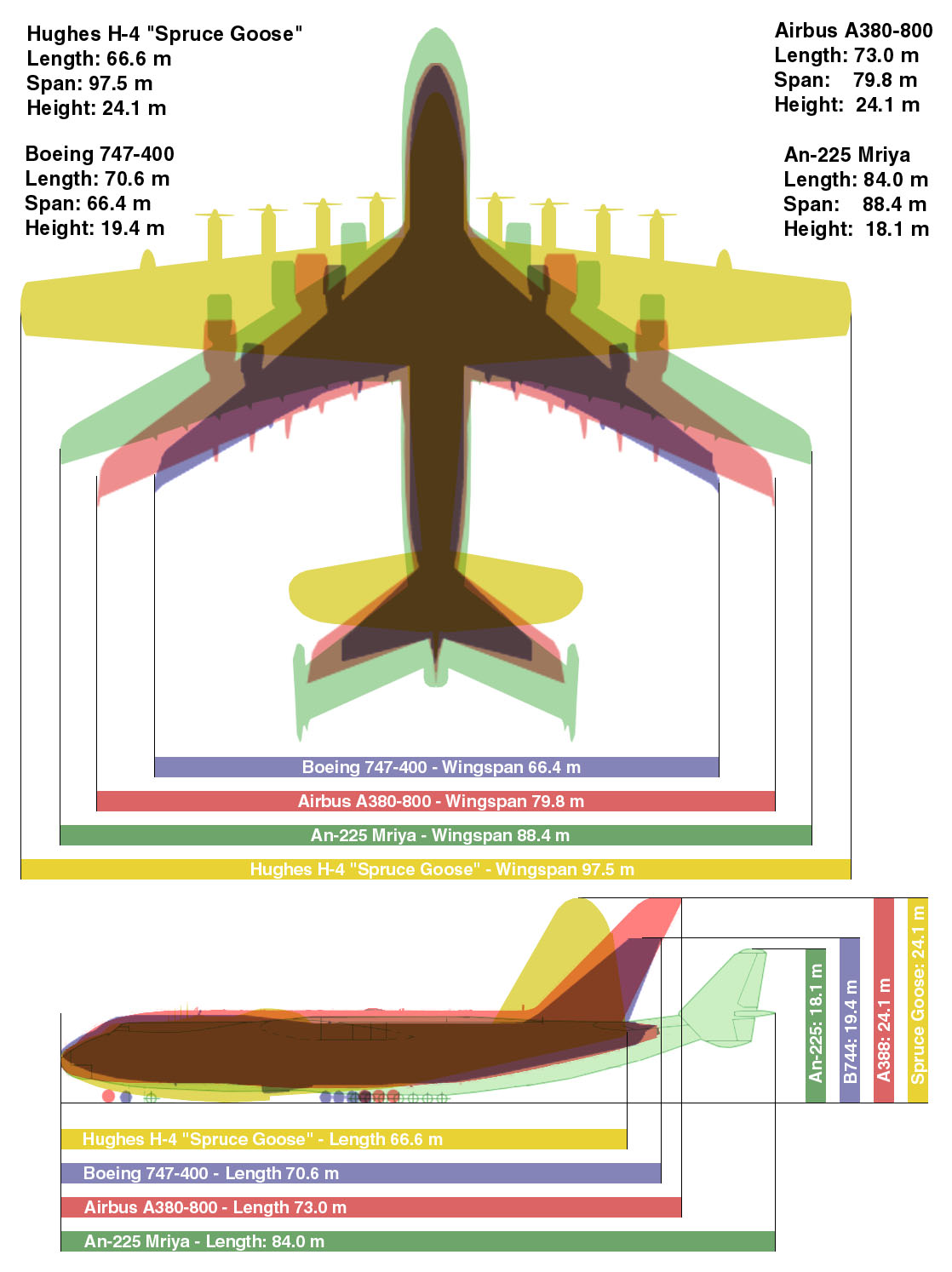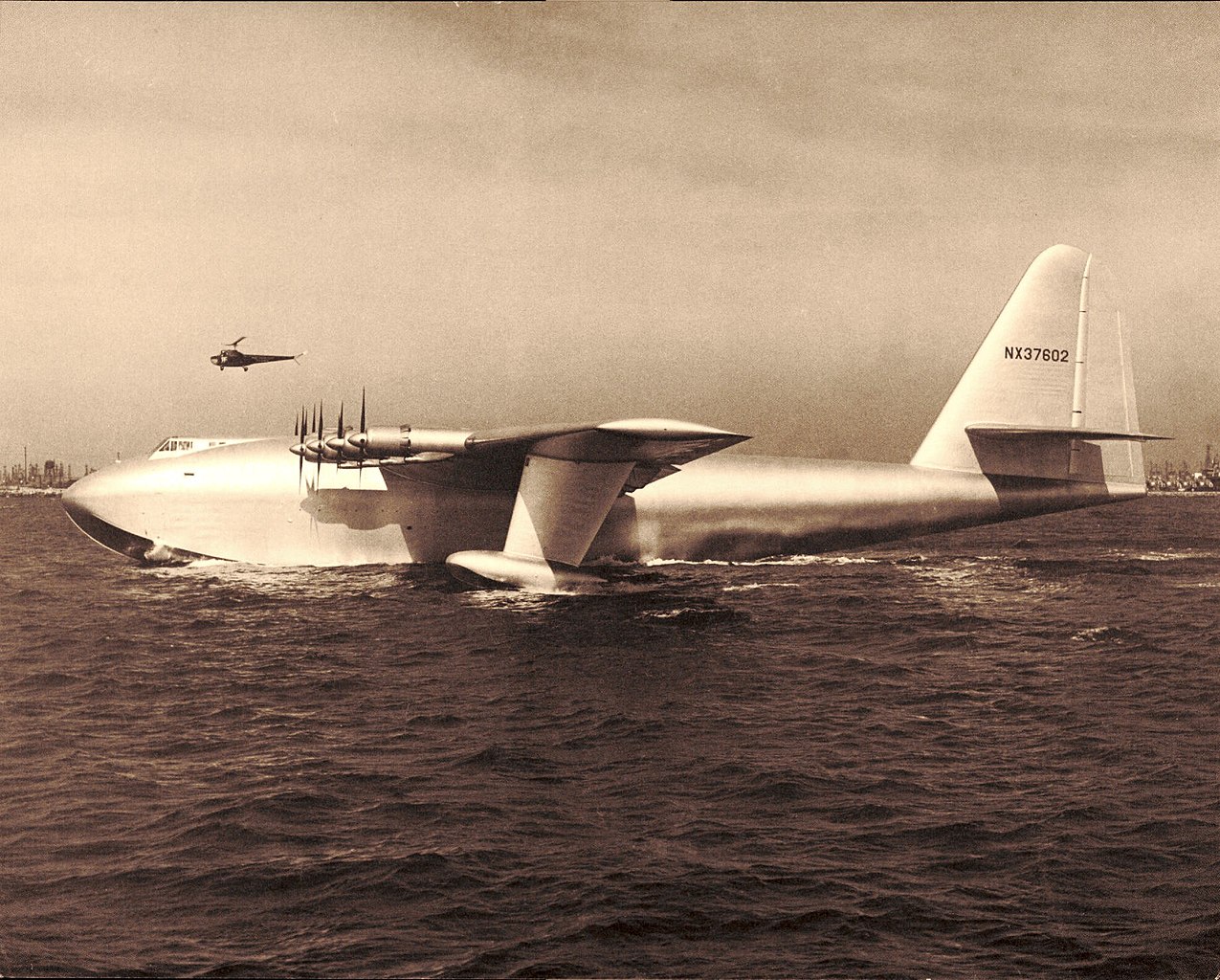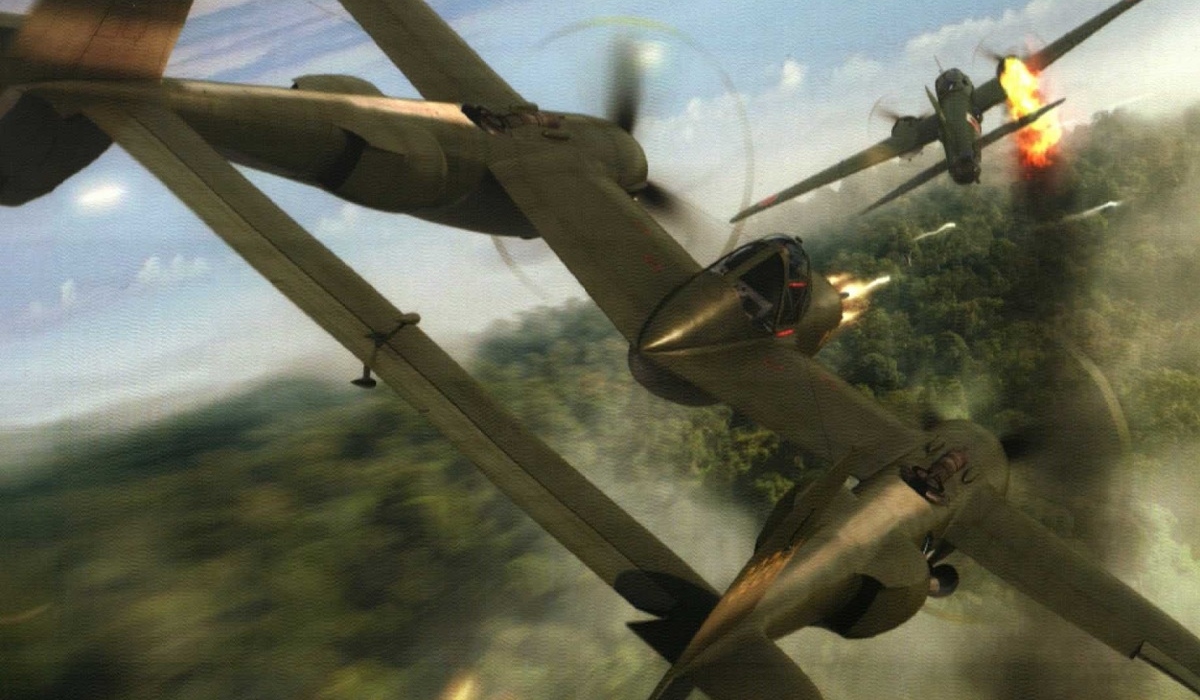The USAAC ordered that each new bomber type should have a variation considered for escorter duties in August 1941 while anticipating the development of an efficient long-range fighter escort
Designed in 1940, the first B-29 took to the skies for the first time on September 21, 1942, replacing the B-17 and B-24. The Superfortress was deployed to Asia by the leadership of the US Army Air Forces (USAAF) in December 1943, where its extensive range made it particularly well-suited for lengthy over-water sorties against the Japanese homeland from bases in China.
The B-29 was one of the most technologically advanced aircraft of World War II and had several novel innovations, such as remote-controlled guns. Crew members could crawl between the two pressurized crew areas—fore and aft—that were joined by a long tube over the bomb bays. Only at altitudes where pressurization was not necessary could the tail gunner enter or exit his separate pressurized space.
Due to advancements in range, bomb load, and defensive needs, the B-29 was also the heaviest production plane in the world.
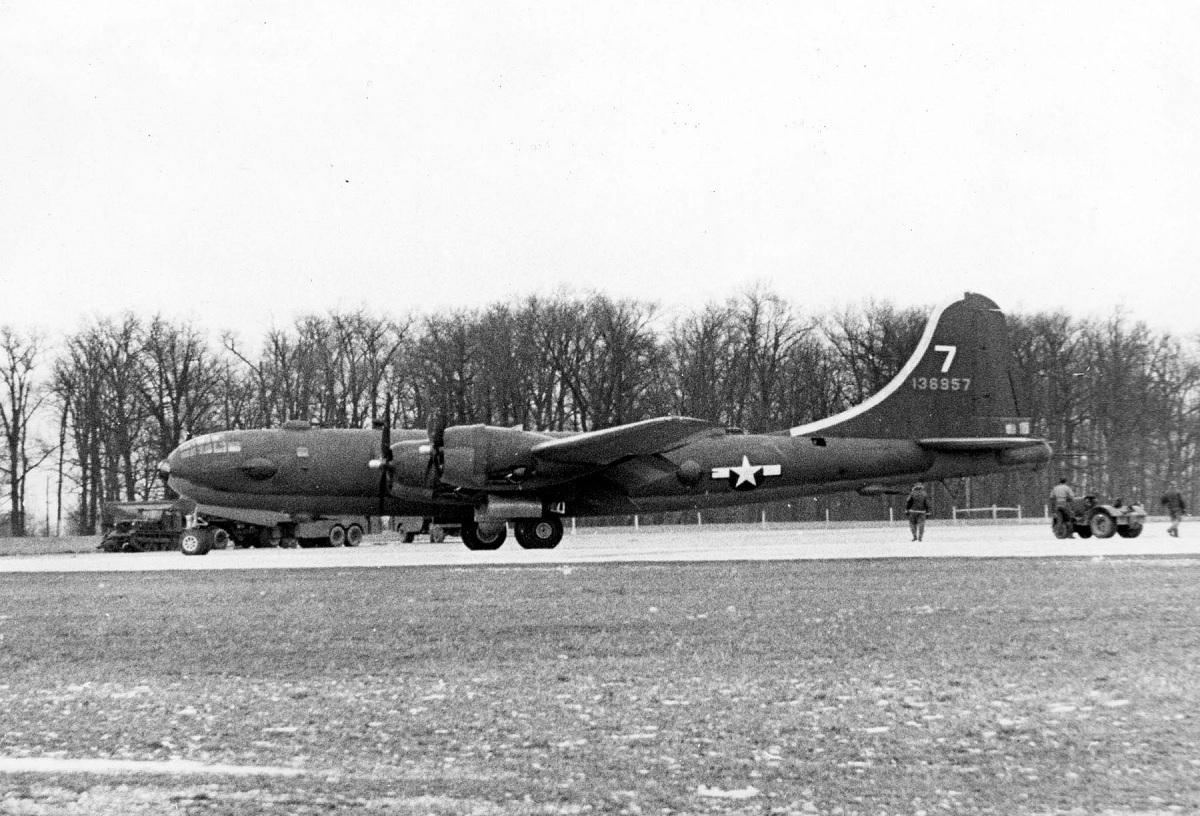
According to William Wolf in his book World War II US Gunships, the US Army Air Corps (USAAC) ordered in August 1941 that each new bomber type should have a variation considered for escorter operations while waiting for an efficient long-range fighter escort to be produced. As a result, the fourth YB-29 (41-36957) was converted into a 23-gun bomber escort in 1943. The YB-29’s standard armament consisted of twin 0.50-cal turrets, each forward and aft dorsal and ventral, commanded remotely by gunners in three sighting blisters (the dorsal forward turret was later outfitted with four 0.50-cals). A 20mm cannon and two 0.50-cals were located in the rear turret.
The YB-29 escort was equipped with a remote-controlled experimental ERCO nose-mounted ball turret with two 0.50-cal guns and four low-profile, side-mounted Emerson Model 126 barbettes, two of which were mounted in front of the wings and the other two of which were installed in place of the aft gunner blisters. Two 0.50-cals and a 20mm cannon were added to the four dorsal/ventral turrets, while a 30mm weapon was added to the tail cannon. Prior to the concept’s demise, the YB-29 had cursory testing; it later operated as a training aircraft under the designation Cross Country.
World War II US Gunships is published by Osprey Publishing and is available to order here.
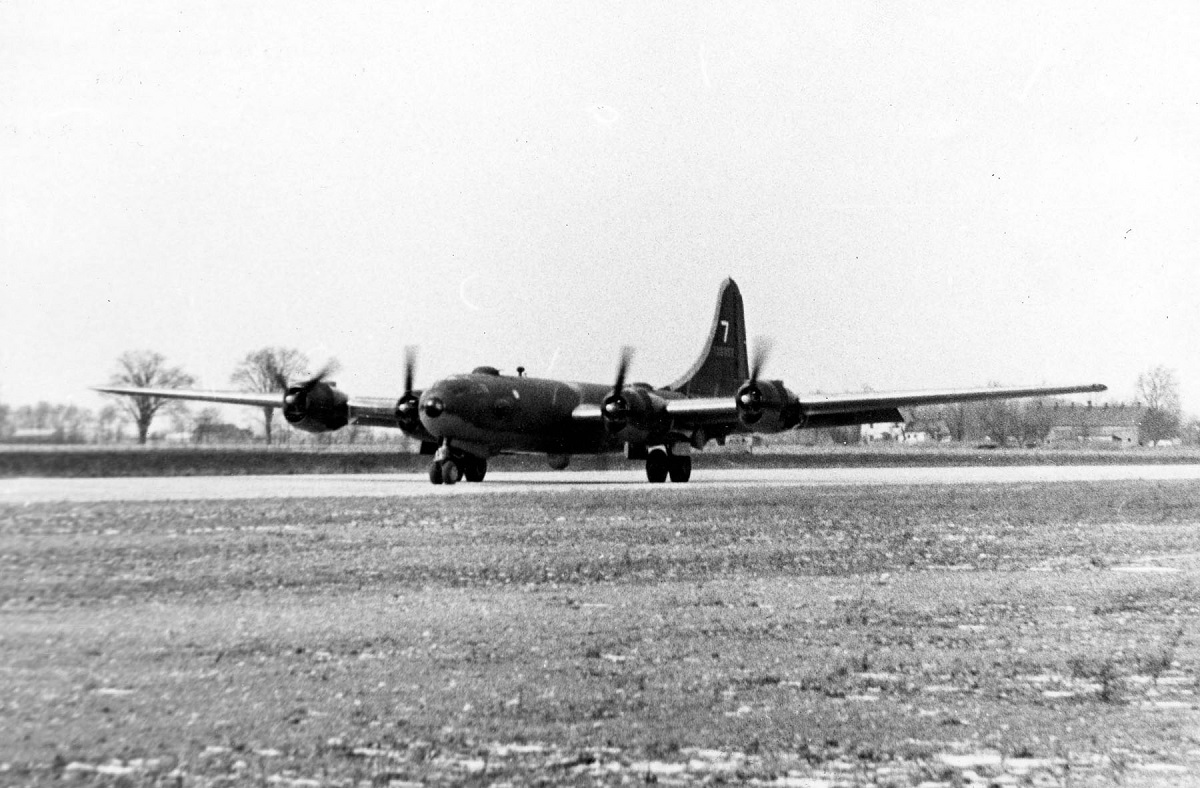
Photo by U.S. Air Force



